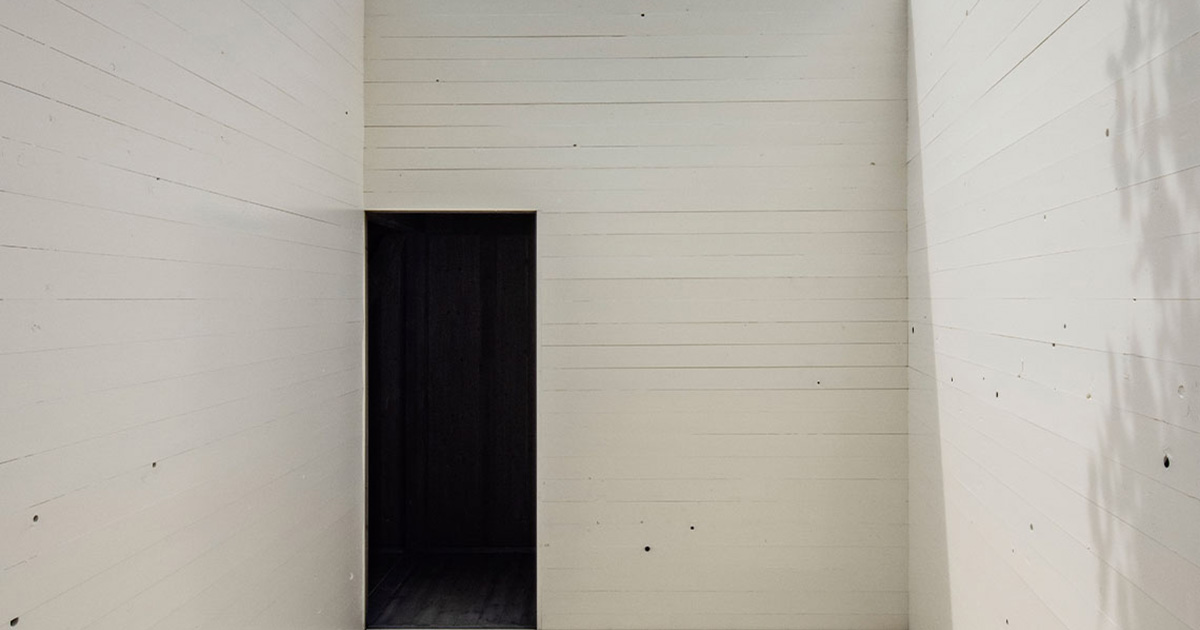Pavillon Poetic Daylight relies on RICON
Research project: Reversible timber construction showcases
![]()
Architectural highlight: The skylight space of Poetic Daylight directs indirect light into the building. Two other light spaces allow visitors to experience direct sunlight and reflected light.
For a few months now, the Royal Danish Academy has been adorned with a new highlight: the Pavilion Poetic Daylight. Originally erected in 2023 for the UIA conference at Gråbrødretorv in Copenhagen, this temporary structure focuses on two main aspects: the influence of daylight on the spatial atmosphere—and a circular construction method featuring invisible RICON connectors, which enabled the easy relocation of the building to its new site.
Circular construction with RICON®
The pavilion, constructed using timber frame construction with Douglas fir wood, was connected with Knapp RICON — invisible, self-tensioning connectors from Knapp that are easy to assemble and dismantle, designed for quick installation. The wooden skeleton was then clad on one side with spruce wood panels. Instead of a conventional foundation, a parametrically optimized spatial grid ensures load transfer, supplemented by friction and pressure dispersion. Granite surfaces serve as seating areas and secure the anchoring and horizontal bracing.
![]()
The Pavilion Poetic Daylight was built using circular construction methods with invisible RICON connectors. This allowed it to be easily relocated from its original site.
![]()
A dark corridor links the various realms of light.
Dedicated to daylight research
Inside the structure, three rooms explore three different types of daylight: diffuse light through a skylight, direct sunlight, and light reflected from the room surfaces. This is achieved through differently arranged light openings and various room finishes. The skylight room directs indirect light into the building, while the sunlit room demonstrates the changing light conditions throughout the day. The reflection room uses the branches of a plane tree as a filter and reflects light with glossy white walls. A dark corridor creates transitions between the different light environments.

The reflection room uses the branches of a plane tree as a filter and reflects the light with glossy white walls.
![]()
The sunlit room exposed to direct sunlight demonstrates the changing light conditions throughout the day.
Planned and constructed within a network
The building commissioned by The Royal Academy, Architecture, Design and Conservation Institute of Architecture & Design as client was developed by architects Isak Worre Foged, Pernille Sørensen, Camilla Hornemann, and Vasiliki Fragkia in collaboration with Claus Pryds Arkitekter ApS. It was constructed by AAU BUILD, Nanet Mathiasen & Anne Kathrine Frandsen, Aaen Engineering, Holst Engineering ApS, and FRYD! ApS.
Photos: Laura Stammer


